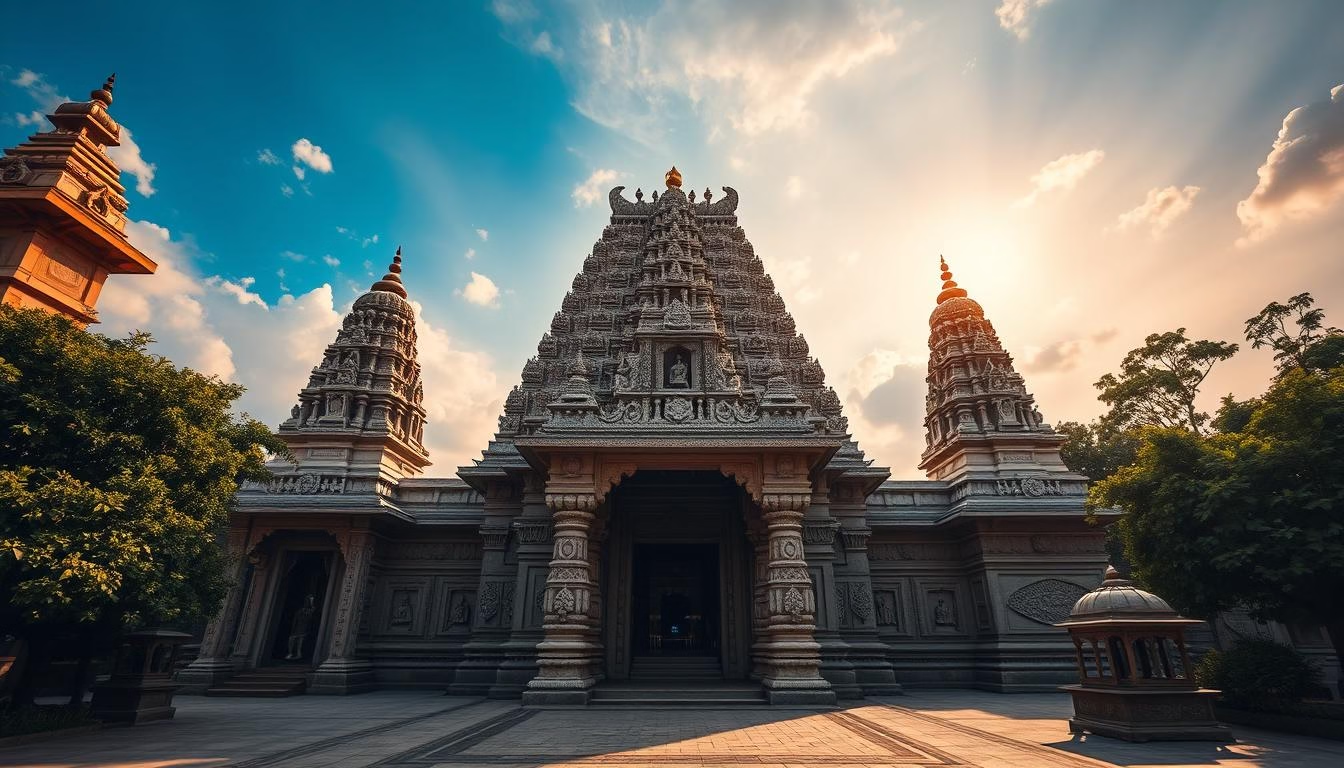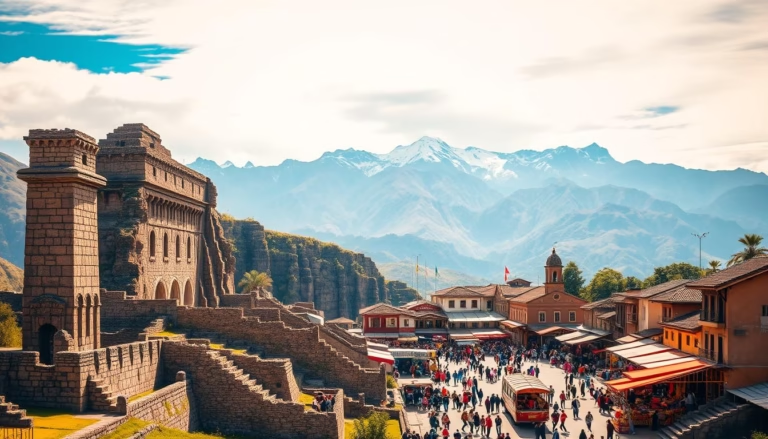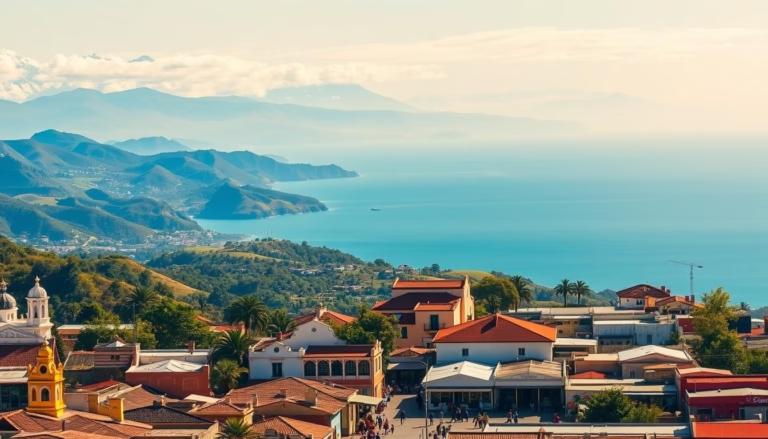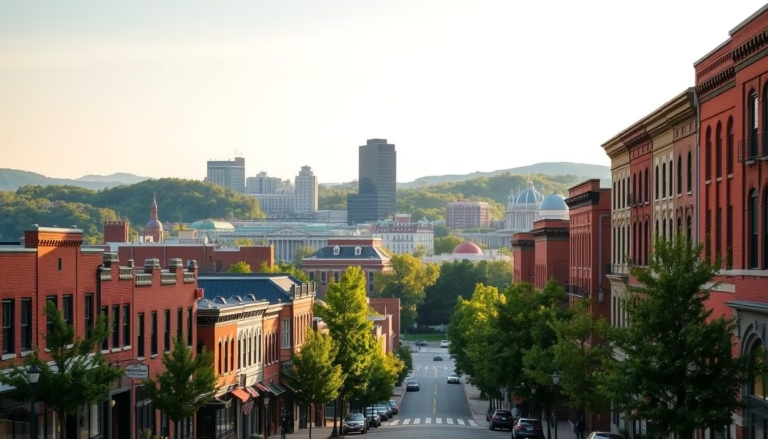Unveil the Beauty of Amazing Hindu Temples
Step into a realm where spirituality meets artistry. Across the globe, sacred structures stand as testaments to architectural mastery and centuries of devotion. India, the birthplace of Hinduism, Buddhism, and other major faiths, houses some of the most elaborate religious sites ever built. These spaces blend history, culture, and faith into awe-inspiring designs.
From ancient cave shrines dating to 200 BCE to modern marvels like New Jersey’s Swaminarayan Akshardham, these sites showcase extraordinary craftsmanship. Northern designs often feature curved shikhara spires, while Southern styles boast pyramid-shaped gopurams adorned with intricate carvings. Some towers stretch over 200 feet tall, symbolizing humanity’s reach toward the divine.
More than places of worship, these spaces serve as cultural hubs. They preserve dance forms, music traditions, and community celebrations. Every sculpture and mural tells stories from sacred texts, creating immersive environments that inspire millions. Whether carved from stone or gleaming with gold leaf, each detail reflects deep spiritual meaning.
Key Takeaways
- India’s sacred sites showcase two main architectural styles: northern shikhara spires and southern gopuram towers
- Temples function as cultural centers preserving art forms and community traditions
- Modern complexes like New Jersey’s Swaminarayan Akshardham continue ancient design principles
- Intricate carvings depict stories from Hindu scriptures and philosophical concepts
- Spaces blend artistic expression with symbolic representations of cosmic order
A Glimpse into India’s Rich Temple Heritage
Walking through India’s sacred sites feels like traveling through time. These architectural wonders have shaped communities for millennia, blending spiritual purpose with artistic brilliance. Their stone walls whisper stories of dynasties, philosophers, and everyday devotees who shaped history.
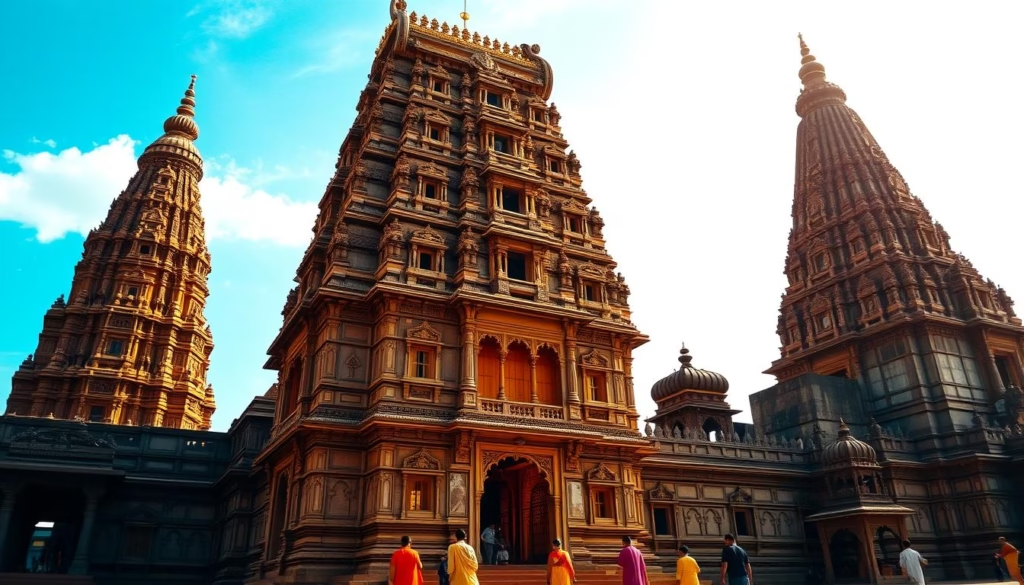
Historical Significance and Sacred Origins
Many of India’s places of worship began as simple shrines, evolving over centuries into grand complexes. The Kailasa Temple at Ellora, carved from a single rock around 800 CE, demonstrates engineering skills that still baffle experts. Such sites became hubs for education, with ancient universities like Nalanda fostering scholarship alongside devotion.
Cultural Diversity and Regional Styles
From the snow-capped Himalayas to tropical Kerala, regional styles reflect local landscapes and traditions:
- Dravidian architecture in the south features pyramid-like gopurams covered in vibrant sculptures
- Nagara-style temples in the north showcase beehive-shaped towers called shikharas
- Coastal regions blend maritime motifs into their designs
Festivals transform these spaces into lively celebrations. During Madurai’s Meenakshi wedding ceremony, the entire city becomes a stage for sacred dramas. For those inspired to explore further, our guide to majestic global sacred sites reveals how India’s designs influenced spiritual architecture worldwide.
Exploring Amazing Hindu Temples: A Journey Through Iconic Sites
Two destinations stand out as living textbooks of sacred design. Madurai’s Meenakshi Amman complex and Khajuraho’s medieval marvels reveal contrasting approaches to spiritual expression through stone.
Marvels of Madurai and Khajuraho
The 17th-century Meenakshi Amman complex stuns visitors with twelve gateways reaching up to 170 feet. Each gopuram bursts with over a thousand carvings showing divine figures and mythical scenes. Don’t miss the Hall of Thousand Pillars – its musical columns sing different notes when tapped.
Khajuraho’s sandstone wonders tell another story. Built between 950-1050 CE, these UNESCO sites mix spiritual symbolism with bold human forms. The Kandariya-Mahadeva Temple, dedicated to Shiva, features 800+ sculptures showing daily life alongside sacred teachings.
Architectural Highlights Across Regions
South India’s Dravidian style shines at Madurai through pyramid towers and vibrant processional routes. Meanwhile, Khajuraho’s Central Indian designs use vertical spires to draw eyes heavenward. Both styles share a common thread: every carving serves symbolic purposes.
Modern devotees still gather at these ancient sites, proving their enduring cultural power. From Madurai’s goddess-centered rituals to Khajuraho’s celebration of life’s cycles, these places connect past and present through shared devotion.
Intricate Architectures and Divine Carvings
Stone comes alive under the chisels of ancient artisans, transforming into celestial dancers and cosmic symbols. These sacred spaces turn mythology into tactile art, where every curve and contour holds meaning. Let’s explore how master sculptors turned rock into spiritual textbooks.
Sculptural Marvels in Temple Designs
The Sun Temple at Konark stuns visitors as a 13th-century stone chariot honoring Surya. Its 24 wheels symbolize time’s cycles, while seven stone horses appear to pull the structure toward dawn. Nearby, the Konark Museum reveals larger-than-life nymphs and a mythical leogryph blending lion strength with eagle vision.
Symbolism and Spiritual Narratives
Lotus blossoms carved at Surya’s feet represent purity blooming under divine light. Stone lions guard dance platforms, embodying protection and royal authority. At Mount Abu’s Delwara complex, marble arches burst with celestial beings showing the interconnectedness of all life.
Detailing the Intricate Carvings
Eleventh-century craftsmen spent 14 years shaping Delwara’s milky marble. Over 1,500 workers created ceilings with multi-armed deities holding weapons of cosmic order. Erotic carvings at Konark aren’t mere decoration—they teach about life’s creative energy through visual metaphors.
These stone stories served dual purposes. While beautifying sacred spaces, they helped devotees understand complex philosophies without reading texts. Even today, sunlight dances across Konark’s chariot wheels just as ancient designers intended—a timeless dialogue between art and divinity.
Understanding the Spiritual and Cultural Significance
Sacred spaces across India pulse with energy that transcends individual belief systems. These spiritual hubs connect daily life to timeless traditions through rituals practiced for generations. At dawn, you’ll find worshippers circling holy ponds and families lighting oil lamps—simple acts that weave faith into everyday existence.
Religious Traditions and Devotion
The Golden Temple in Amritsar shows how places of worship become living traditions. Founded in 1573, this Sikh gurdwara welcomes all with open doors and free meals. “The langar feeds 100,000 people daily,” explains a local priest, highlighting how service forms the heart of devotion.
Morning rituals like Thiksey Gompa’s sunrise chants demonstrate how temples anchor spiritual routines. Pilgrims travel for weeks to touch sacred stones or hear ancient texts recited. These journeys transform physical spaces into bridges between earthly life and divine realms.
Community and Festival Celebrations
Temples thrive as social engines year-round. During major festivals, courtyards buzz with music workshops and dance rehearsals. The Guru-Ka-Langar’s steel cauldrons symbolize equality—billionaires and laborers share floor seating while volunteers serve sweet karah prasad.
Seasonal events like Holi color throws or Diwali light displays turn stone walls into canvases for collective joy. Through these gatherings, cultural knowledge passes to new generations while strengthening neighborhood bonds. Every shared meal and joined prayer reminds visitors that community forms the soul of sacred spaces.
Festivals and Rituals Celebrated Within Temples
India’s sacred calendar comes alive through vibrant celebrations that transform stone structures into pulsating hubs of energy. These events blend ancient traditions with living practices, creating moments where spirituality meets community joy.
Rhythms of Faith and Community
The Rath Yatra festival at Puri’s Jagannath Mandir draws over a million visitors yearly. Devotees pull three colossal chariots through crowded streets, reenacting a divine journey described in sacred texts. This spectacle inspired the English word “juggernaut,” reflecting its unstoppable spiritual momentum.
In Assam, the Kamakhya Devi Temple hosts the Ambubachi Mela, honoring feminine divinity through nature’s cycles. For four days, the shrine closes as the earth is believed to menstruate. When doors reopen, priests distribute blessed cloths symbolizing fertility and renewal.
Seasonal events reshape temple atmospheres with:
- Floral arches framing sacred pathways
- Oil lamps illuminating night ceremonies
- Communal kitchens serving thousands daily
Morning aarti rituals see priests circle flaming lamps before deities while bells chime. During major festivals, musicians play traditional ragas believed to please the gods. These gatherings strengthen bonds—families reunite, strangers share meals, and children learn ancestral traditions through participation.
“Our festivals are bridges between heaven and earth,” explains a priest from Varanasi. “When we pull the chariots or sing together, we become part of something timeless.”
Planning Your Temple Visit: Tips for Devotees and Tourists
Visiting sacred sites requires thoughtful preparation to honor their spiritual purpose. Many locations remain active places of worship, blending ancient traditions with modern visitor needs. Understanding local customs ensures your experience respects both culture and faith.
Practical Visiting Advice and Local Customs
Pack lightweight scarves or shawls for covering shoulders and legs when required. Most temples provide locker rentals (often under $1) for storing shoes, phones, and leather items. Check official websites for photography rules—some shrines restrict cameras near inner sanctuaries.
What to Expect at a Sacred Site
Morning hours often bring chanting ceremonies and flower offerings. You might see devotees circling altars or pouring ritual water over statues. Donation boxes support community meals and site upkeep—consider carrying small bills if you wish to contribute.
Peak festival seasons create lively atmospheres but longer lines. Arrive early to avoid midday heat and crowds. Remember: silent observation shows deeper respect than hurried photos. These living places of heritage thrive when visitors balance curiosity with cultural sensitivity.
